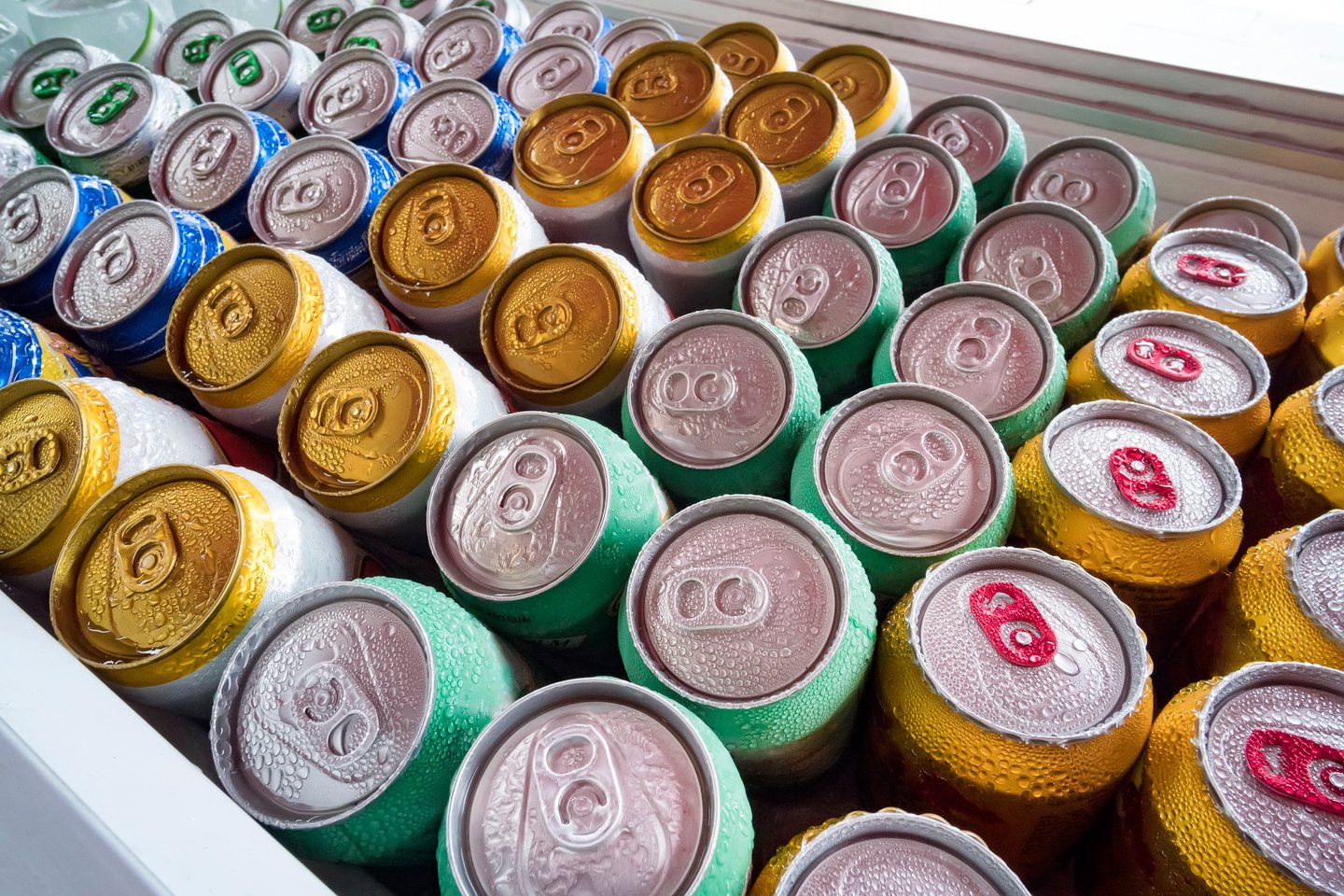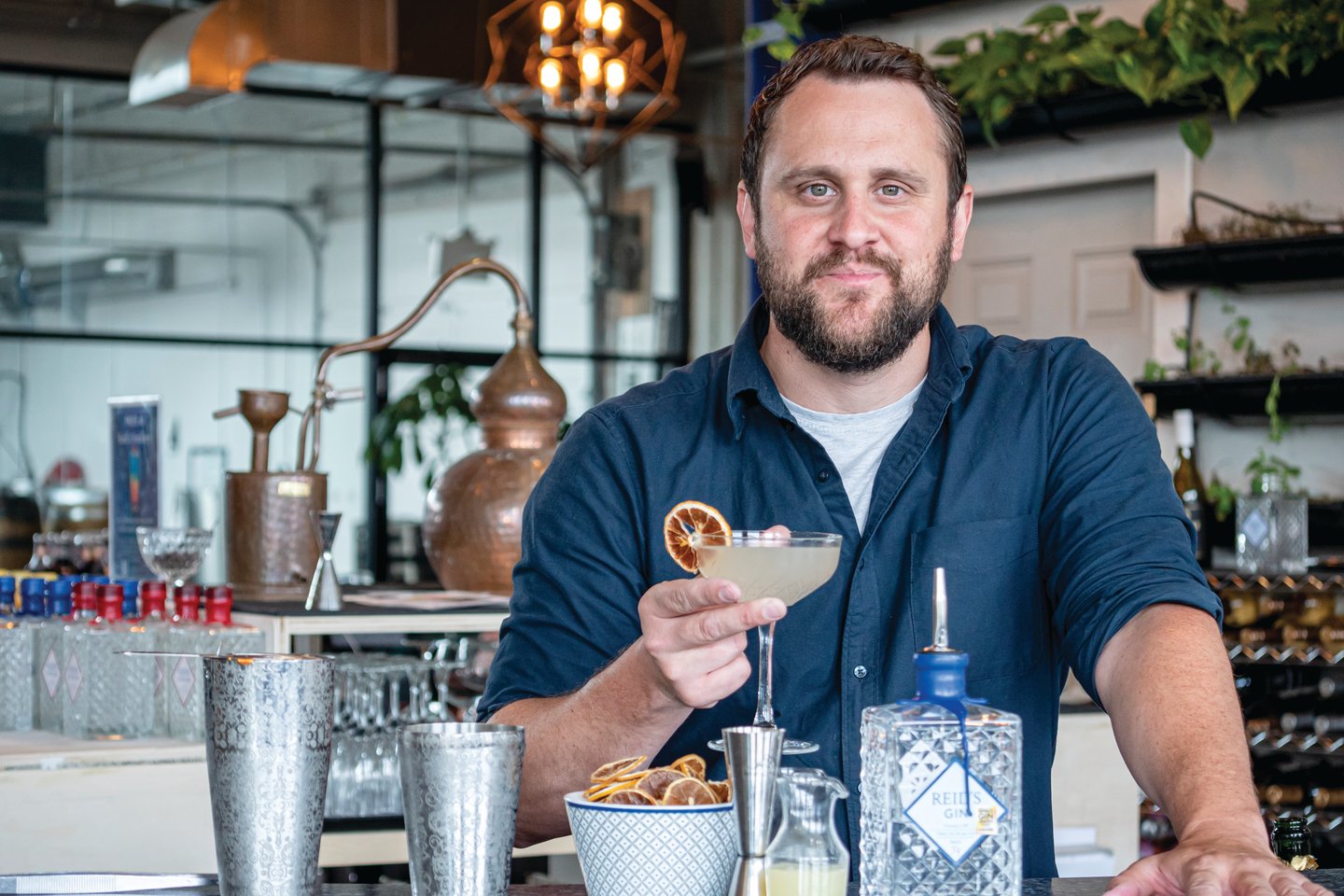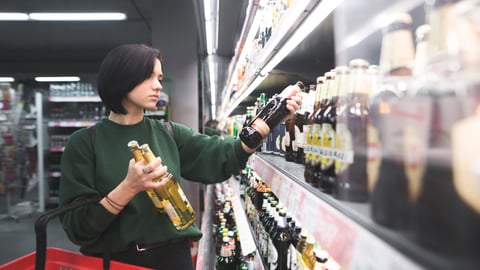RTD Cocktail Report: The perfect mix
Introducing alcohol sales to convenience stores this fall comes at an interesting time. Consumption trends in Canada are in flux, but one category stands out as a ray of sunshine—ready-to-drink (RTD) and spirit-based coolers. In its 2022-23 annual report, the LCBO said that they have been one of the fastest growing and most popular categories in recent years. In 2023 alone, RTD sales climbed by 6.8%. Statista is showing that RTDs have soared by 180% since 2010.
For c-stores, it’s a category that shouldn’t be overlooked. But with limited shelf space available, the burning issue is what RTDs to stock. It would be wise to pay attention to trends and experts in the space.
Meet the need for convenience
Toronto-based cocktail expert Christine Sismondo has thoughts. “During the pandemic, many people took up home bartending, but now they’ve pulled back. They don’t want to be buying all the liquors, specialty glassware and tools necessary,” she says. “The focus now is having a tasty drink and getting it quickly, whether you’re entertaining in your backyard, camping or at a cottage. RTDs meet that need for convenience.”
Stock BFY options
When curating a selection of RTDs in-store, keep in mind versions with low or no sugar and alcohol. Canadian consumers, especially younger adults, are seeking healthier options. And even those not drinking them want to have RTDs available for guests.
Explore flavour trends
In the world of flavours, exotic is where it’s at, says Sismondo. Think tropical fruit, like coconut, mango and passion fruit. Nostalgia is also at the forefront, with some makers tapping into flavours inspired by Creamsicles, for example. She points to the ranch water trend as one with momentum, noting the combination of tequila and soda is here to stay.
Her advice for c-stores is to mix it up with their RTD selection. “It’s not like beer or the old school liquor approach where consumers always reach for the same thing,” she says. “They want to try something new. People get excited when they see a product they haven’t tried before, so stock a wide selection of RTDs.”
Support local
For one Ontario craft distiller, the hope is that its sole RTD, a premium, pre-mixed gin and tonic, will find a spot in c-stores. Graham Reid, co-owner of Reid’s Distillery in Toronto, is optimistic the convenience channel will lean in on the local craft producer trend. “So far, it has been very challenging,” he says. “As a small, family-run business, we’ve had trouble connecting with convenience store owners and buyers. We know our RTD would perform well if we can get onto the shelves.”
Big players with deeper pockets have the advantage. Reid says he has a preliminary conversation with one c-store chain and learned the cost of getting one SKU listed across Ontario locations was $250,000. “That’s the roadblock we’re facing right now,” he says. “But we’re optimistic there will be a desire to support local players, too.”
He’s also feeling positive about two additional products he’s planning on bringing to market once buyers are lined up. Seizing on the health mindset of consumers, Reid is looking at a zero-sugar version of a classic gin and tonic, made with 1642 Tonic Zero from Montreal, formulated with Stevia, plus a regular elderflower G&T.
Classics with a twist
For Molson Coors Canada, ensuring that RTDs are successful in their new retail environments is a priority, according to Leslie Malcolm, the company’s vice-president of marketing. “The most immediate task is to build consumer awareness and facilitate the adoption of RTDs and beer now available in grocery and convenience stores,” she says. “Since this represents a new purchasing channel for these products, it requires a shift in consumer behaviour and a relearning of buying preferences.”
Molson Coors hopes to build on the success of their current RTD brands, including Simply Spiked, Coors Seltzer and Vizzy. There have been dynamic shifts toward options lower in sugar and calories, including hard seltzers, which now make up 36.6% of total RTD sales. There’s also a noticeable swing towards full-flavour offerings, showing an 8% increase. This category includes coolers and hard teas. “Simultaneously, there’s a rising preference for regular to high ABV products, with favourites like hard seltzers, such as our own Vizzy Max at 7% ABV,” Malcolm adds.
The company is also experiencing success because of that nostalgic-flavours trend. Sales of its Slushie-inspired Coors Seltzer have surged by more than 30% in the past year. Both Coors Seltzer Slushie and Arizona Hard Tea capitalize on consumers’ love of the past and the memories it stirs. Molson Coors is committed to continued innovation in this segment within the RTD category and plans to introduce additional nostalgic flavours.
In the future, Malcolm feels consumers will be increasingly drawn to the idea of crafting their own flavours through customization and personalization, presenting a significant opportunity within the RTD category. “We’re also dedicated to expanding beyond traditional summer offerings with an innovation pipeline that introduces seasonal flavours throughout the year, ensuring continuous growth and relevance in the market,” she explains. “Stay tuned for the unveiling of a diverse array of innovations in our RTD portfolio for 2025, including the introduction of a new brand in a fresh subsegment.”
Find the perfect mix
“RTDs becoming available in convenience stores is good news for everyone,” says Len Fragomeni, CEO and founder, Founder’s Original, known for its bar-quality RTD cocktails. “It will create some competition for the LCBO, while convenience and grocery stores can offer products that might be available only there. I think it will improve accessibility for consumers.”
He recognizes there may be challenges for convenience stores. “They may not be equipped to stock a lot of RTDs and such,” says Fragomeni. “They’ll have to take space away from something else that’s already performing. It’s a bit of a trial and it’s an expense. I don’t think you’ll see all stores jumping into this quickly.”
In talking to buyers across the country, he feels that ‘the accordion model’ will work best for new retail players looking to sell a range of alcohol products. Various types of RTDs, like hard seltzers/kombucha/tea, spirit-based cocktails, wine-based cocktails and malt-based ones, will need to expand and contract, like an accordion, as dictated by consumer demand. “Convenience stores will need to have a good assortment, see what sells and then make changes as necessary,” he explains. He’s predicting that single cans and bottles will be big sellers, as seen in retail outlets in Western Canada.
For now, Fragomeni is holding back on jumping into convenience and grocery stores until the dust settles and products start appearing on shelves. Then conversations already started with big retail players will continue. “At the moment, they are being inundated by emails from 100 different brands,” he says. “We’ll wait a bit, then with a fresh mindset, talk about strategy for next year.”
In the meantime, the consumers will vote with every dollar spent to determine which RTDs are destined to find success—and which will not—in the c-store channel.









